The Kyoto Red Carrot, known in Japan as Kintoki Ninjin, is a prized vegetable of the Japanese winter. It stands out because of its bright scarlet color and long, thin shape. This carrot is a must-have for traditional holiday food, especially around the New Year. We’ll explore what makes this carrot unique, where it comes from, and where you can taste it at a famous spot in Kyoto.
What Makes This Carrot Special?
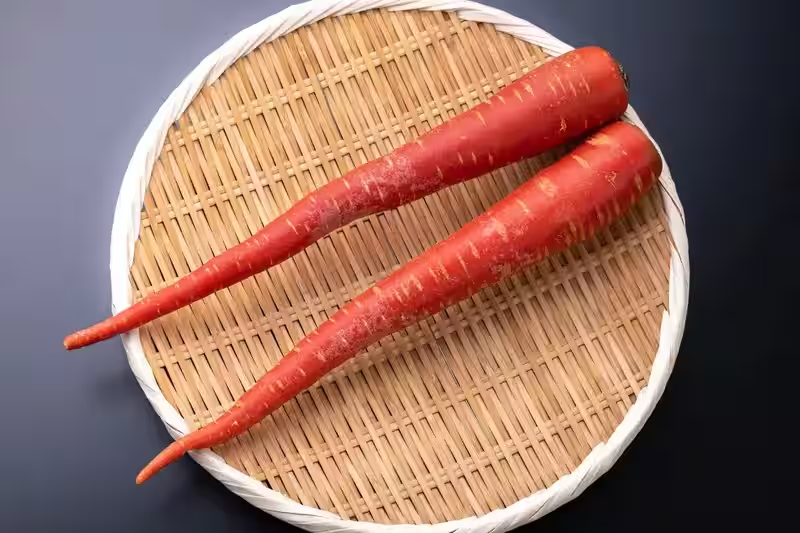
Unlike the common orange carrots we see everywhere, the Kyoto Red Carrot is an Eastern type with an intense, uniform red color that goes right to its center. It is typically long and skinny, sometimes reaching a foot in length.
In terms of taste, it is much sweeter than regular carrots and has a softer texture. It also doesn’t have the strong smell that many common carrots do. Even though it’s soft, it doesn’t fall apart when cooked, which is why it’s perfect for Japanese nimono (slow-simmered dishes). This allows chefs to cut it into decorative shapes, like plum blossoms for New Year’s Osechi meals, without the shapes breaking.
The deep red color comes from Lycopene, the same healthy substance found in tomatoes. It’s also full of Beta-carotene, vitamins, and fiber, making it a great food choice. Because it’s so important in local cooking, it’s officially listed as a “Kyoto Brand Product.”
Reference: Agriculture in Kyoto prefecture
A Brief Look at Its Past
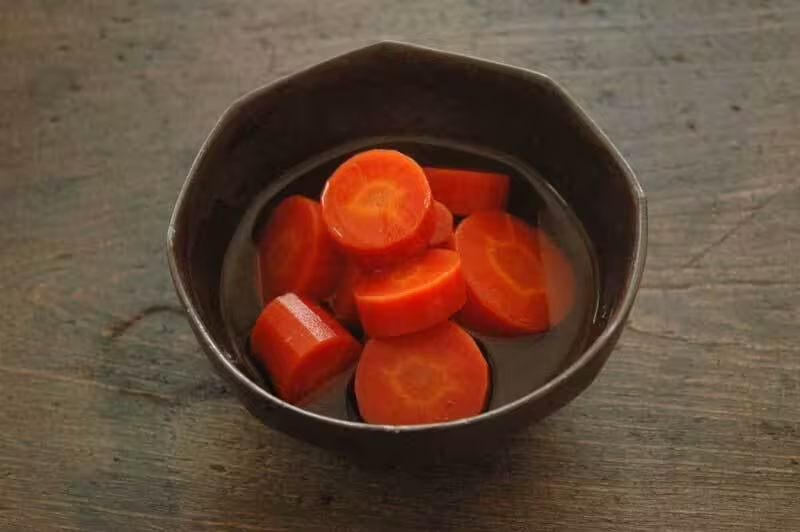
The Kintoki Ninjin belongs to the Asian family of carrots. Many people have come to Japan from the West, likely through China, during the Edo period (1603-1867). It is one of the few Eastern types of carrots that they still grow as of today.
While it is called the “Kyoto Red Carrot,” most of the carrots today are grown in other regions, like Kagawa Prefecture. This is because the carrot needs special sandy soil and a long time to grow, making it harder to farm than regular carrots. However, because of its tradition and importance in cooking, it keeps its status as a Kyoto specialty. Its special status as a “Kyoto Brand Product” helps keep the history of this unique crop alive.
Taste the Best at Kikunoi Honten (菊乃井)
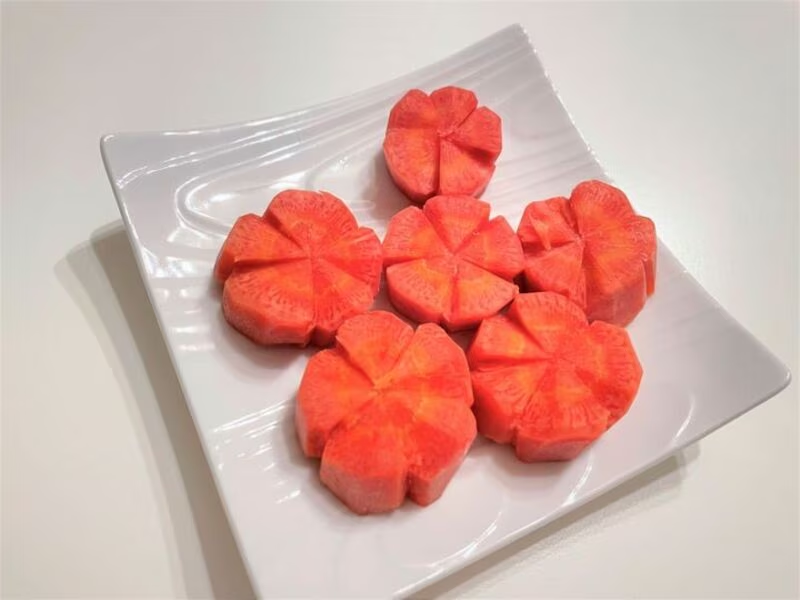
To try the Kyoto Red Carrot prepared in a refined way, you might visit Kikunoi Honten, a highly-rated Kaiseki restaurant in Kyoto. Here, the carrot is treated as a premium seasonal ingredient, often included in their fancy multi-course meals. It shows up in beautifully simmered dishes or as part of a roasted vegetable plate, showing how versatile it is. Having this specialty on a high-end menu confirms its respected position in Kyoto’s food culture. Kikunoi Honten features the Kyoto Red Carrot (Kintoki Ninjin) as a luxurious seasonal ingredient in its high-end Kaiseki multi-course meals, celebrating its traditional role in winter and New Year’s cuisine.
Address: 459 Shimokawarmachi, Higashiyama-Ku, Kyoto 605-0825
Phone number: +81-75-561-0015
Hours open: Lunch: 12:00-12:30 (Last Order); Dinner: 17:00-19:30 (Last Order)
Website: http://www.kikunoi.jp/
Summary
The Kyoto Red Carrot is a key part of winter traditions in Western Japan. Its rich red color is important, symbolizing good luck and wealth, which is why it’s essential for New Year’s dishes. The care taken to grow this tricky crop ensures that the festive look and taste of Japanese winter cooking live on.
Some of our recommendations are Tsukemono, Kinpira, and Nishime.
You can also look up in this article the different Kyoto’s traditional vegetables or popularly known as Kyo Yasai.
FAQ
A traditional Kyoto carrot variety. It is often sweeter and more tender than common carrots.
Pronounced KYOH-nee-njin (京にんじん).
Mostly winter to spring, though you may find it year-round in markets.
Mildly sweet, delicate texture, less fibrous than ordinary carrots.
In salads, simmered dishes (nimono), pickles (tsukemono), soups, and elegant kaiseki courses.
Kyoto markets (e.g., Nishiki), depachika (department food halls), and local grocery stores in Kyoto.
Look for bright color, firm body, and fresh green tops if attached. Avoid soft spots.
Refrigerate in a plastic bag in the vegetable drawer; use within a week for best flavor.
Yes. It is great raw in salads or as a crunchy snack.
Generally safe. If prepared with sauces, check for added allergens like soy.

 3 hours ago
2
3 hours ago
2




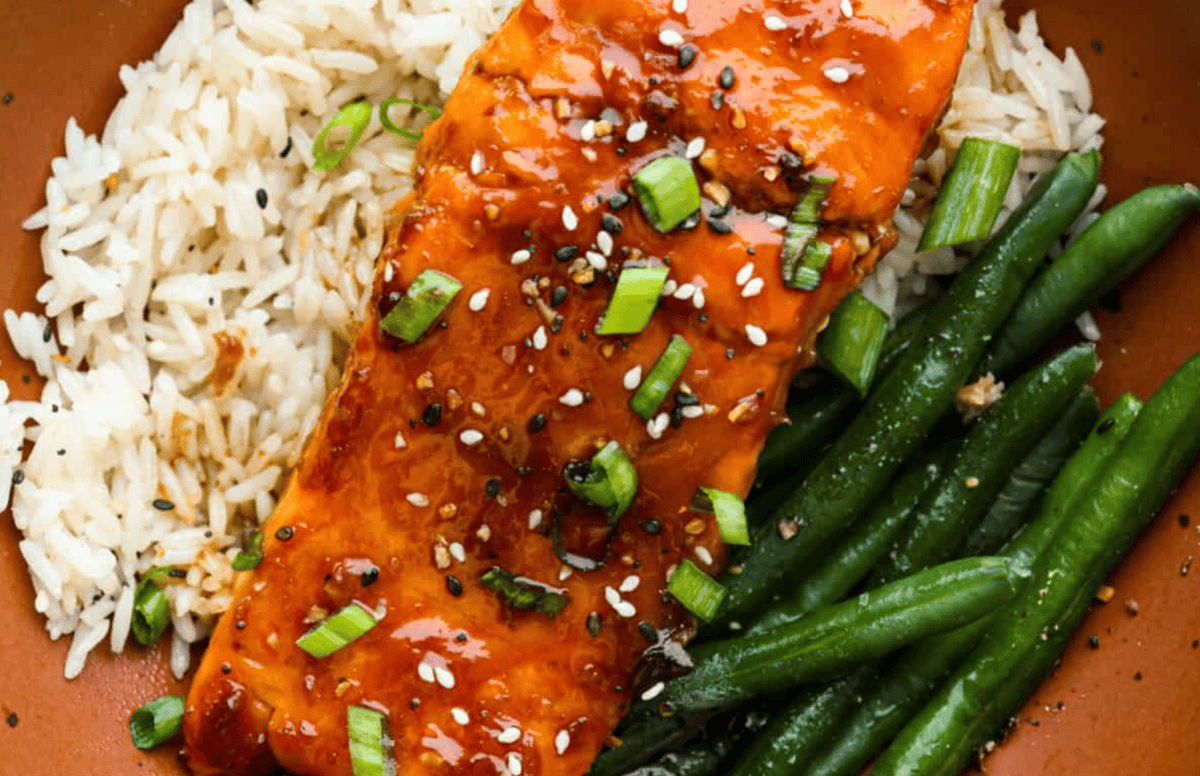



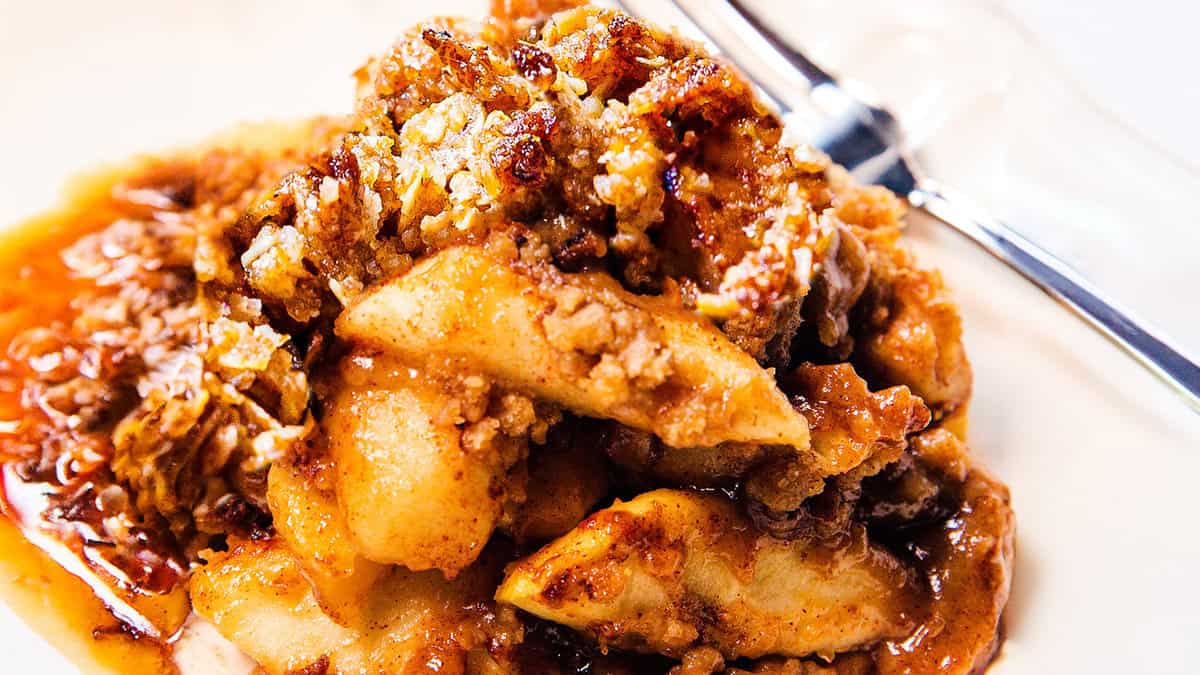
 English (US) ·
English (US) ·